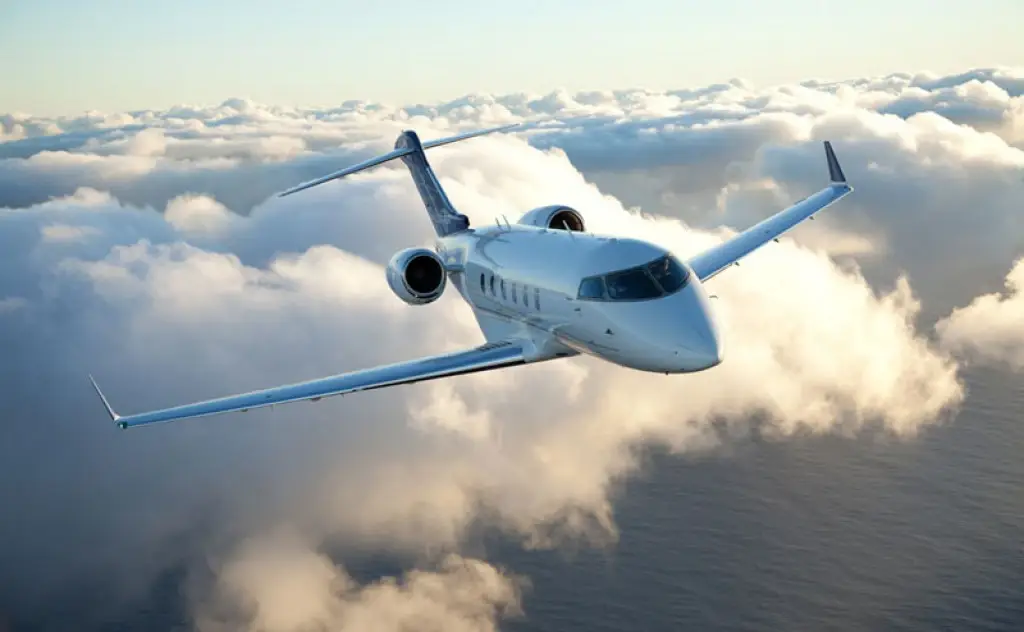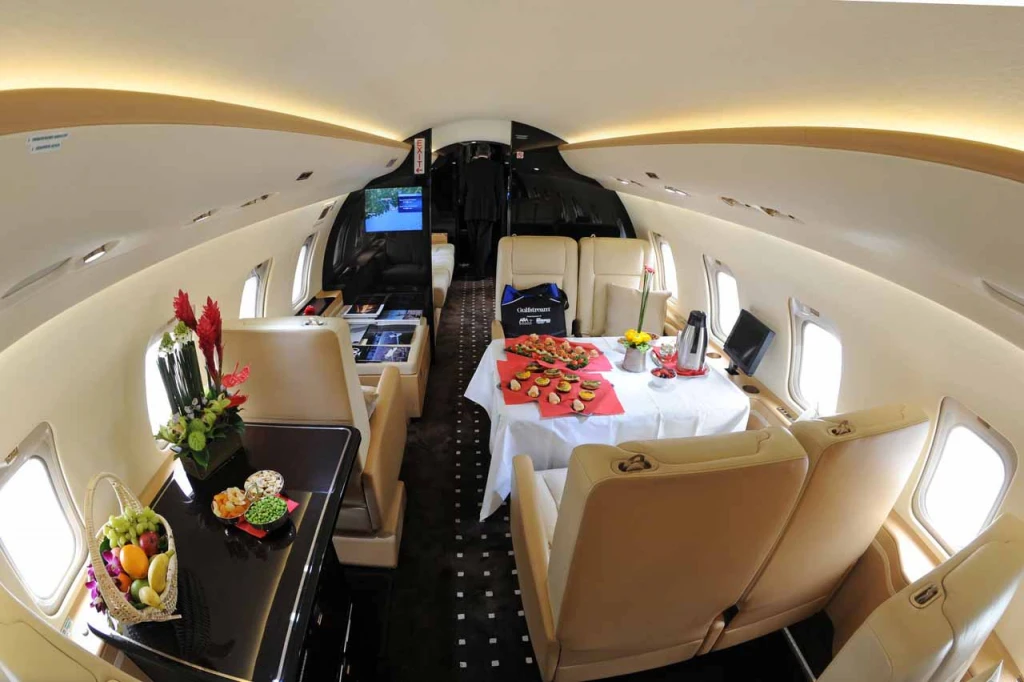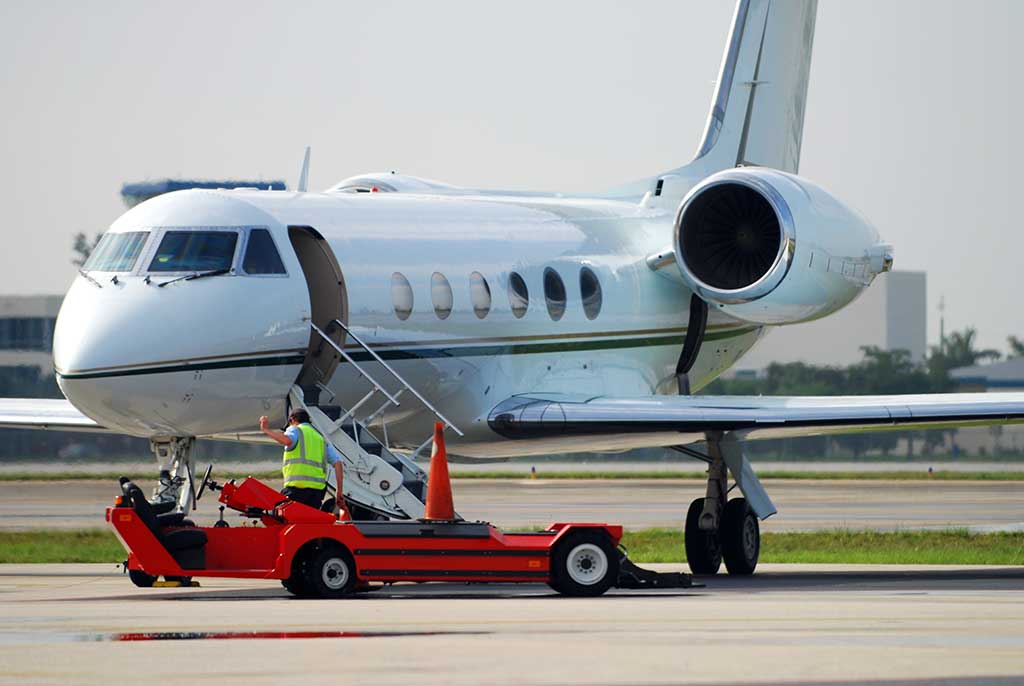Flying is safer than any kinds of ground transportation - it's estimated that the accident rate is one fatality per nearly two million flights. It's a result of hard work and lates
Flying is safer than any kinds of ground transportation - it's estimated that the accident rate is one fatality per nearly two million flights. It's a result of hard work and latest technologies implemented - thousands of industry experts everywhere toil to guarantee safety of both aviation workers and passengers at all times.
Private aviation sector is no exception here. However, despite all the efforts made, business air travel is still prone to serious errors or accidents. To eliminate any safety risks, it's necessary to identify all potential hazards and causes first. That's why the National Business Aviation Association (NBAA) has produced a new guide outlining the main areas of concern when it comes to business aviation and safety.
Loss of control
Also referred to as LOC-I, loss of control in-flight may not be the most common issue in aviation but it is, unfortunately, the most fatal. Losing control of the aircraft mid-flight results in more business aviation fatalities than any other type of accident, making it one of the most important issues to address. Whilst some incidents are unavoidable, the NBAA’s understanding is that the number of LOC-I accidents “can be reduced through improved prevention, recognition and recovery skills”. This opens the door to reducing the number of aviation accidents via top-level training and the hiring of the best pilots in the business.

Runway issues
By far the most common cause of accidents in business aviation is the runway excursion, which comprises of any number of incidents occurring before take-off. Many of these are not significant in terms of harm to passengers, but the knock-on effect that this can have on schedules, businesses and other flights can be terribly costly and unnecessary. What can help avoid this issue entirely is knowing how to use runway condition data to optimum effect, coupled with the ability to identify risk factors and act accordingly.
Flying alone
Two heads are better than one, and this is never truer than when it comes to safe flying. Flying can be immensely pleasurable but it is also a demanding task, and having a co-pilot can be of major assistance. However, it is not always feasible or even possible to have two trained, qualified individuals flying together and this is where mistakes sometimes slip in. Accident rates are frequently higher for single-pilot private aircraft, but there are things that can be done to reduce these rates. Increased safety dialog and improved resources will help single pilots avoid the pitfalls they sometimes fall into when flying solo.

Procedural Non-Compliance
Non-compliance is unforgivable in the world of aviation. It is a fundamental necessity to provide a safe environment for flyers everywhere and everything must be done to achieve conformity on this most serious of matters. Again, this is largely a matter of personnel, and stringent checks could make the difference here.
Ground Handling
Again, ground handling incidents do not make headlines and rarely cause serious injuries, but the knock-on and financial effect they can have on the running of an aviation business are huge. Aircraft can be taken out of service after acquiring damage following the landing stretch of the journey, and the overall valuation of an asset can be significantly reduced if not handled properly.
Distractions
No matter how many checks are carried out, pilots and crews are subject to human error just as everyone is. The most important thing to avoid costly or hazardous distractions is simply astute management, which can involve anything from recognizing stress or fatigue to actively combating complacency in the more run-of-the-mill aircraft checks. No corners should be cut when it comes to the safety of crews and their passengers.

Dealing with risks and unexpected scenarios
The most important aspect of continuing to improve business aviation is excellence in training. Everything we understand about aviation is learned and it is imperative that new members of a team not only understand what they have to do but see why they are doing it. This is going to be imperative in the case of a fault or emergency. In practice it means learning, re-learning, and making a continued effort to ensure all new technology is integrated into training regimes.
Airspace issues
Often outside of the aircraft crew’s control, complexities within the airspace can have a hazardous effect on flyers. From increased air traffic to testing weather conditions, airspace issues are sometimes unavoidable but with proper training and preparation their impact can be minimal.
Reducing Private Aviation Safety Risks
When it comes to finding the safest way to fly, Paramount Business Jets objectively takes action to prevent and minimize any issues that may be incurred whilst flying. As a member of the Aviation Research Group – United States (ARGUS) we’re committed to rigorous auditing which leaves no stone unturned. This is complemented by the TripCHEQ system which provides the most detailed safety analysis program available today, giving our team all the information they need to make the best decisions possible when it comes to every detail of the planned flight.
Far from resting on our laurels, we audit every single flight, every single time, without exception. The operator, the aircraft, the crew – we go through every detail to make sure every aspect of safety is covered in advance. This happens behind the scenes, meaning not a second is added to your journey.
Experience is key to flying, so as part of our advanced vetting process, we demand a minimum of two FAA-certified, ATP-rated pilots on every flight – no single-pilot aircraft issues here.
We value our passengers’ safety above everything, and we like to let people know about it. That’s why just 10% of the providers meet our extremely high requirements to join our preferred global network. We don’t just meet Federal Aviation Authority (FAA) and Department of Transportation (DoT) regulations, we exceed them.








